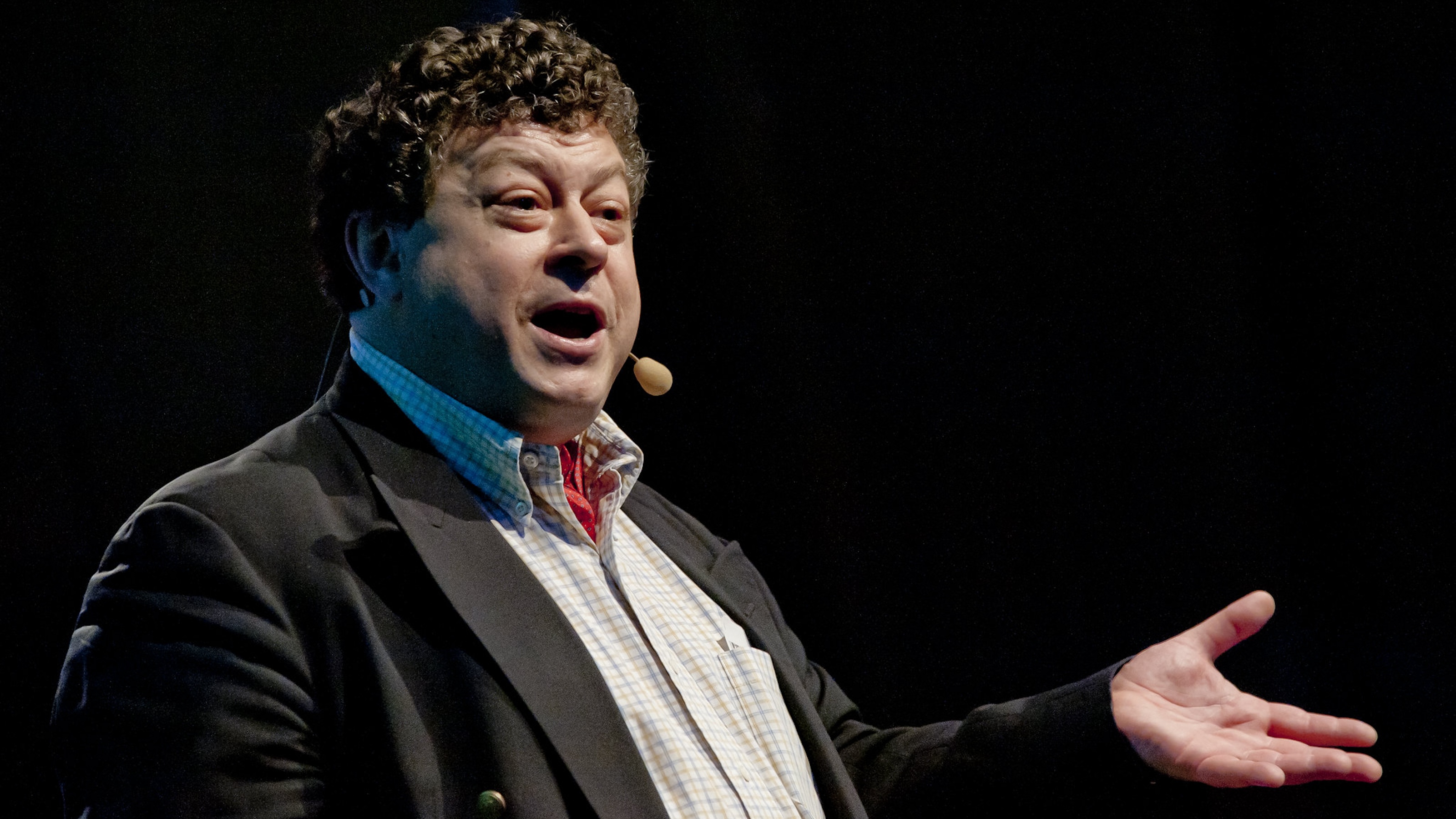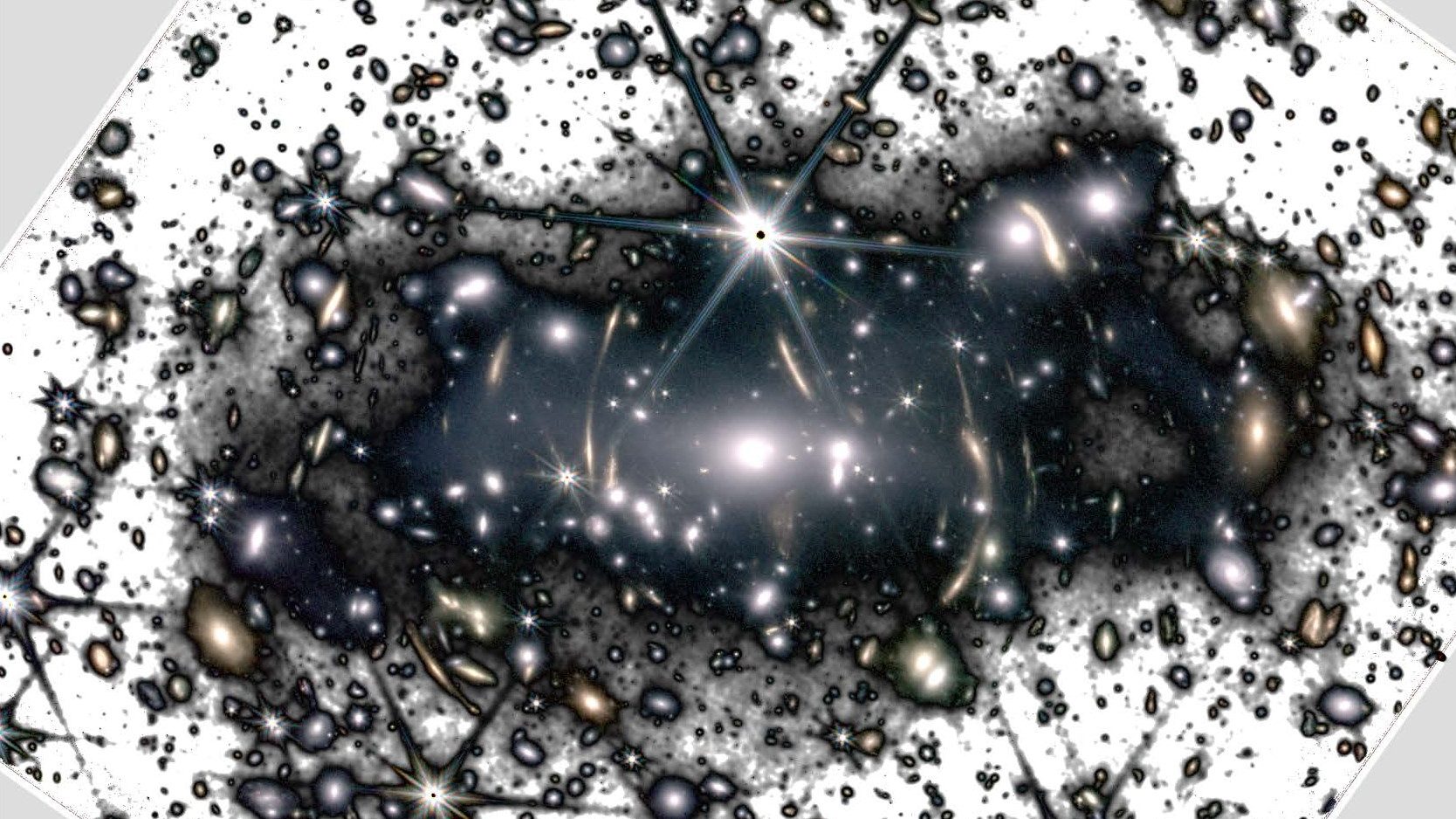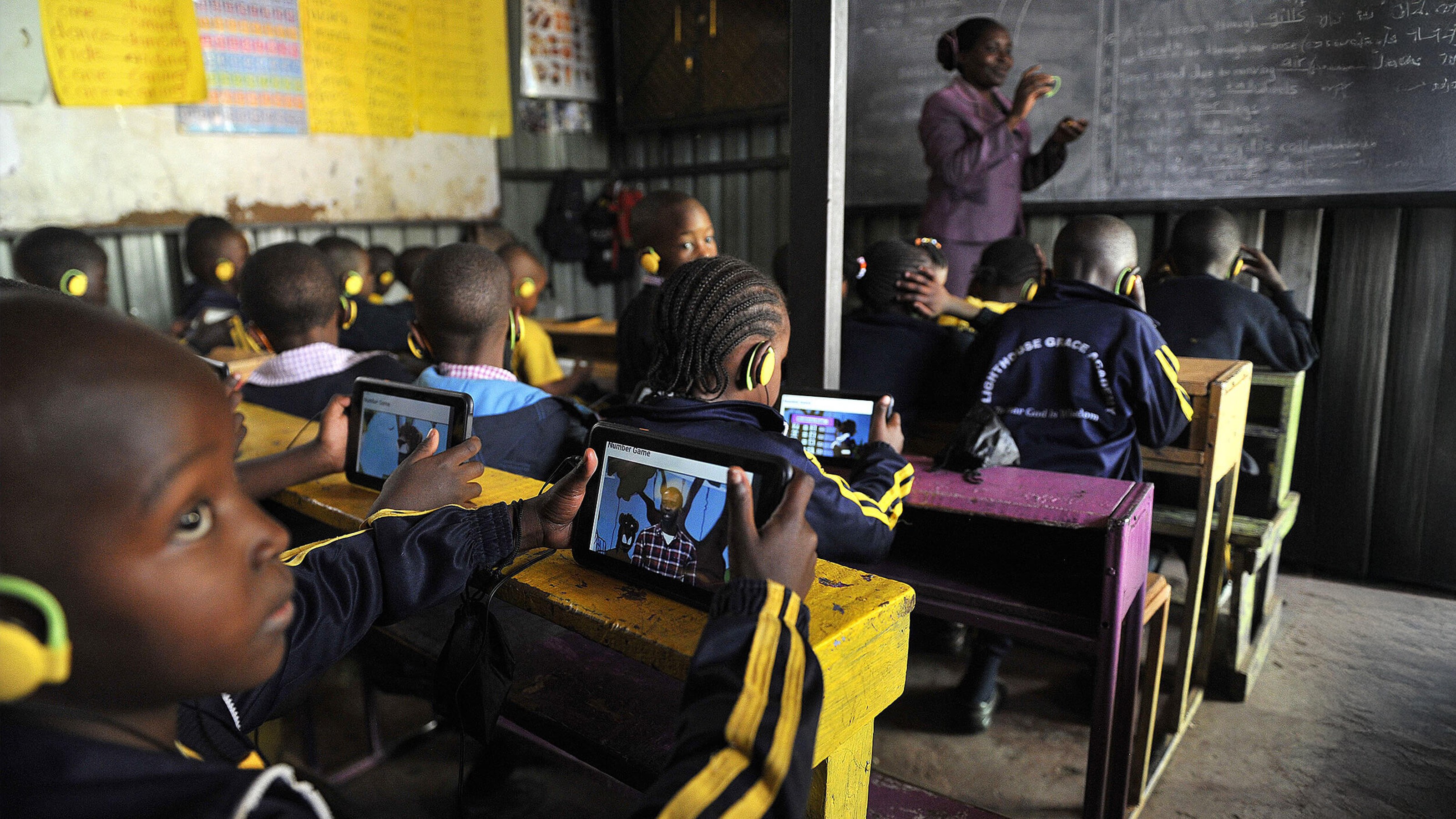How Do People Become Indoctrinated Into Cults?

How did it happen? No question has been uttered more often in regards to cults. Throughout recorded history (and probably much longer) humans have been susceptible to charismatic leaders that have, either by nature or training, understood the psychology of acquiring followers. Even though we’re aware of the dangerous mechanisms of cult machinery, people continue to fall, again and again.
How does it happen?
The immediate hurdle is recognizing you’ve been indoctrinated. Cults appeal to our in-group mentality. If that group has some, to borrow a term from Alan Watts, “inside dope,” then in your mind it’s not a cult at all. You’re part of a group that’s special, destined, blessed—you feel complete.
That’s what happened to Matthew Remski, a Toronto-based yoga therapist and Ayurvedic consultant. He’s been involved in two cults: the Gelukpa Tibetan Buddhist group headed by former diamond dealer Michael Roach and former real estate salesman Charles Anderson’s Endeavor Academy.
Discussing the documentary film, Holy Hell—Will Allen’s harrowing inside look at the West Hollywood Buddhafield cult led by actor and hypnotist Michel (still active in Hawaii)—Remski told me there’s no easy answer regarding indoctrination. He did, however, relate this process to the current American electoral cycle.
It’s similar to the multiple factors and perspectives that people come through in developing their adulation for Donald Trump. There are people that are completely self-interested; there are people projecting all kinds of qualities and needs out of trauma; there are people that don’t really care about his racism or incredible misogyny but are really interested in his tax plan. There’s a riot of motivations.
Some are drawn in by the leader; others for social support. Seeking a sense of purpose or a substitute family factor in. Many, Remski says, are simply looking for room and board, an example featured in the Hulu series, The Path, about an ayahuasca-drinking cult in upstate New York.
All religions begin as cults. Christianity was once a cult, as was Islam. Judaism, Buddhism, the countless local faiths now lumped under the term Hinduism—all cults. There are cults within cults, like the two thousand or so accepted faiths that borrow from Christian doctrine: Mormonism, Eastern Orthodox, Catholicism, Protestantism, Lutheranism, Scientology, Christian Science. Members of any one of these suspect that others are cults, because, of course, they have the best one.
To be clear, the term ‘cult’ was initially used for a ritual act—cultus comes from Latin, meaning ‘worship.’ Throughout the world the word is still used to cite a religious group. Americans, perpetually paranoid about foreign ideas, began using ‘cult’ to describe faith healers about a century ago. Since then it has taken on a negative meaning, essentially reserved for “any ideology I don’t subscribe to.”
Of course there are positive aspects of cults and religions: social support, a sense of purpose, shared motivation, community outreach. This happens in groups of ten or ten million. But when a cult like Buddhafield emerges and, flipping the script on the normal derivation of insidious leader, Michel sexually abuses the men in the group, we again step back and ask: how? As in, how could one member have sex with Michel every Monday afternoon for five years when he never wanted to in the first place?
Remski does not like the question as it focuses on the potential psychological flaws or moral failures of the initiate. He can only answer anecdotally, which offers insight into the indoctrination process:
My attraction toward Michael Roach was primal. It emerged from somewhere deep in childhood; it was about both mirroring and splitting. I felt that he was like me, but fifteen or twenty years older. He looked like me. I felt his body in my body, the same gangly awkwardness, the same hiked-up shoulder, the same thoracic kyphosis when he sat in meditation. It was like he was me, but perfected in this way that I imagined.
Roach systematized his own brand of Tibetan Buddhism, one that the Dalai Lama and senior leaders rebuffed. His tale, briefly, included being no more than fifteen feet away from his spiritual wife, Lama Christie, who he claimed to never have sex with; later, when they spiritually divorced (consciously uncoupled, I suppose), Christie found a new boyfriend that died in the desert after being kicked out of the group. Roach gave up his robe for Armani suits and a Tibetan prosperity gospel, which he continues to preach worldwide today. (Remski documents Roach’s journey exceptionally here.)
Those robes were also part of what drew Remski in. They reminded him of his Catholic upbringing, one filled with violence and abuse, yet, as he says of Roach, “represented a demilitarized, more feminine version of the robes of my childhood.” Early repression in church left Remski hollow, vacant, setting him up for indoctrination under Roach’s care.
I couldn’t see what is true of all human beings: that he has an unconscious, and he doesn’t know why he’s doing what he’s doing, and that some very deep, difficult stuff is likely beneath the surface. I just thought that he had perfected himself. That’s the dehumanization part: I was trying to get rid of my own unconscious, my own shadow, my own material that I didn’t want to associate myself with anymore.
Remski created an alternate universe to deal with the actual reality he couldn’t deal with. This is where trauma enters. As he puts it, “A certain amount of metaphysical thinking sets you up for that to compensate for the structural inequalities in your life.” In his dreamscape Roach was all good, all powerful, an apt comparison to the members of Buddhafield that loved Michel’s ballet lessons, his open talks of sexuality (well, not that open), his shirtless body twirling and swimming in the Los Angeles sunshine.
What drew the Buddhafield members in, what drew Remski in, what continues to draw in Scientologists and Creationists and all other cults, is this ‘other’ existence. But, Remski continues,
The thing we’re not talking about in cult life is living a normal, ambivalent, adjusted life, where you realize you will be happy and sad, things will die, relationships will end, you will get sick and well again, things will continue. Most cult ideologies have a profound loathing for that description of the human condition.
Remski admits to his intense drive for “crisis-type experiences of love” that left him feeling manic. Only after leaving Roach and, later, Anderson’s group, could he understand that he had been starving even though food was right in front of him. He couldn’t understand the everyday was nutritious—the mundane and banal provide all that we need. There were so many scars to heal, too many insecurities to face. Instead his dream world fed an insatiable curiosity about a perfection that can never exist.
There’s something about the peak experience and the drive towards it that is a sign of something broken—the simplicity of daily rhythm is not enough because you were just not able to enjoy it. You couldn’t relax somehow. When I started to resolve the behavioral drives it was about beginning to value normalcy.
Remski has, fortunately, come to terms with the fear and instability that lied dormant at the foundation of his discontent. There is no single path to a cult, but there are patterns, and by recognizing his own, Remski was able to understand what Joseph Campbell famously stated regarding Arthurian tales, among other mythologies: freedom is in the wound.
—
Derek Beres is working on his new book, Whole Motion: Training Your Brain and Body For Optimal Health (Carrel/Skyhorse, Spring 2017). He is based in Los Angeles. Stay in touch on Facebook and Twitter.





